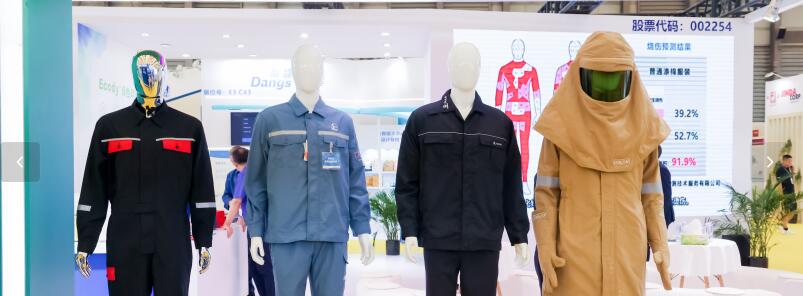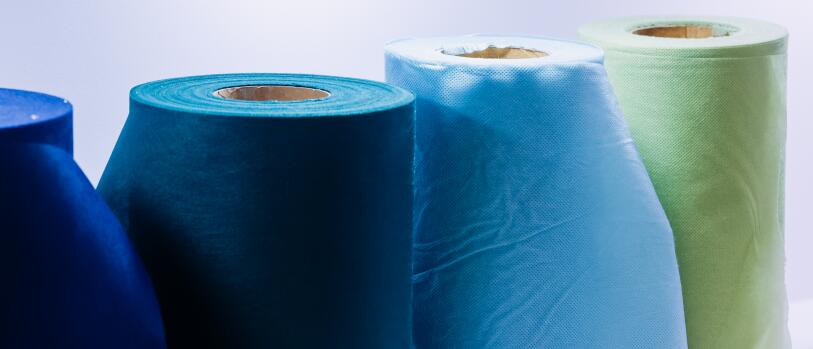|
|||||||||
|
|
| Fiber Composites Growth(2016 – 2020) |
|
China has an ambitious plan to advance into a higher level of modernity in the country which is officially described as “a moderately prosperous society in all respects” by 2020, the end of its new five-year program for national economic and social development (2016 - 2020). As a pillar sector of its national economy, the textile industry is also believed to grow into a new world power explicitly set forth in the big-to-strong shift program in the sectoral five-year blueprint,including technical textile growth.Although there are clouds of doubt, questioning the Chinese dream of becoming a strong textile country particularly in the technical textile regime, its scheme in category-specific development in the years to come is out of question, worthy of the notice either for strategic significance in global vision or in business opportunities at corporate level. With this, we present the 13th Five-Year Program for Fiber Composites Industry Development in China. Retrospect (2011 - 2015) China walked confidently into the new five-year period for the 12th half a decade program (2011 - 2015) for national economic and social development after it had successfully trekked across the swamp of economic slowdown on global basis. According to the summary report released in the first quarter of this year to review the past five-year achievements made in textile industry, the total fiber processing volume accounts for 50 percent in the world share, and its export growth in the last five years registered 9.7 percent annually with the market share by 37.4 percent in dollar terms in 2014, despite a fall by 4.8 percent in 2015. Structurally, the textile industry in China has continuously been reshaped for optimal development in a well-balanced way in the big three applications,say, apparel, home-textiles and technical textiles with the latter having been increased from 20 percent in 2010 to 24.6 percent in 2014 in the total share of fiber consumption.Glass fiber has been an important player in technical textiles application even though it is not included as part of our textile industry in China for the simple reason that the glass fiber industry has traditionally been classified into building materials sector belonging to the ex-Ministry of Construction which has been reformed into Ministry of Housing and Ruban-Rural Development (MOHURD) now, but we have always regarded it as an integral part of our technical textile industry with growing interest in its development and economic performance.From this table, we can see that the process has continuously been optimized with the production of glass fiber largely from the tank furnace process by 94.27 percent share, outnumbering the old-mode remelt (marble melt) line for a meager output of 185,000 tons reduced by 18.5 percent in year-on-year growth as against 2014 with 5.73 percent in cake-share.In 2015, the data from 1197 glass fiber and its composites companies showed main business income for 261.72 billion yuan (about 41 billion dollars), up by 10.1 percent with 18.3 billion yuan as profits that also curved up 10.2 percent, a marvelous achievement at the time when the whole building materials industry was in doldrums. The investment in the fixed assets arrived at 44.122 billion yuan, up by 23 percent over the comparable period, showing the enterprises’ confidence in monetary input to optimize production process and shape product portfolios to stand up to the rising cost and environmental pressure. The technological renovation has made it true that some companies put robots onto the streamline in shop-floor management with automation process control that shapes for the future, featuring a smart run in new operations. (To be continued) (by CHINA TEXTILE)
|


